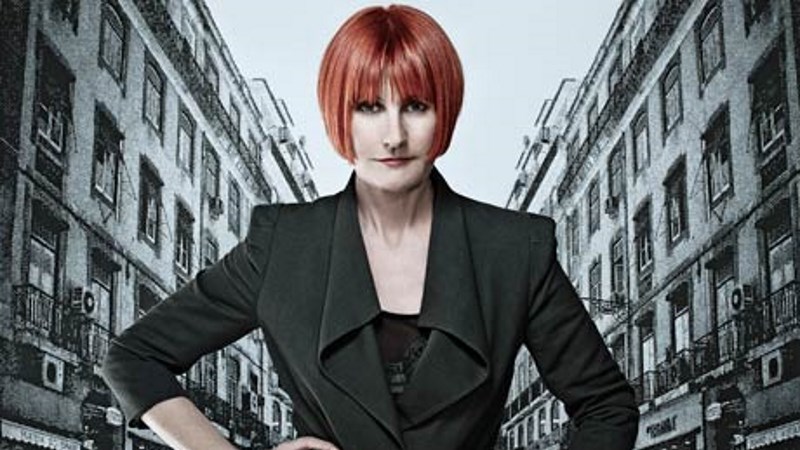Customer Service and Customer Experience are not the same thing. Here is a great example that demonstrates the point.
This subject may strike fear into the hearts of the Customer Experience & Customer Service communities. Hold on to your hats!
I have the utmost respect for Mary Portas, the retail guru; however there is an instance where maybe she didn’t get it quite right…
The instance I am referring to was a television show from early 2011 called Mary Portas – Secret Shopper – Are You Being Served? in which she looked into the state of Customer Services within the retail sector. She worked with a few different businesses, identifying genuine problems that these organisations had with poor Customer Services; and identifying ways in which these businesses could improve the way they work. She carried out Mystery Shopping exercises, which were filmed with secret cameras and then shown to some of the senior managers of these businesses, some of whom had believed that there were absolutely no issues until they were shown the videos.
Did Mary Portas get it wrong?
However one of the businesses that she did an expose on, which I believe was a little bit unfair, was Primark. Now, it is genuinely quite difficult to defend a ‘pile-it-high-sell-it-cheap’ discount retailer such as Primark, as some would argue that their ability to discount is based on the fact that they (possibly) operate questionable sourcing practices; however they are a very popular and financially successful retailer that many people in the UK are very comfortable shopping at. The morality of their business model is not the thing under scrutiny here.
When you go into a Primark store, one of the first things you notice is the low numbers of sales staff on the shop floor, despite the fact that the shop is usually packed out with bargain hunters. When Mary Portas did her expose of Primark, this is one of the key things that she focused on. An undercover camera showed her trying to obtain assistance from an extremely busy and flustered shop assistant, who provided her with quite a poor level of service.
In protest against the service she received, Mary Portas decided to take things into her own hands by taking a squad of surrogate sales assistants into the store to ‘assist’ with customer service delivery. On the surface, the act may seem to be reasonable. Mary Portas is attempting to persuade Primark that they should be providing their customers with a higher level of customer service. However I believe this position to be fundamentally wrong. Well, fundamentally wrong for Primark anyway.
This may sound wrong coming from a Customer Experience advocate, but I don’t think it is. Herein lies one of the fundamental differences between Customer Experience and Customer Service. Primark’s strategy has never been focused on Customer Service. As already discussed, as a discount retailer, their focus is on maintaining low overheads in order that they can deliver low prices to their end customers. Any sales staff on the shop floor are there to complete sales and to re-stack shelves.
If you shop at Primark, you don’t expect amazing customer service. It’s part of the deal. It’s all part of the brand promise they make their customers. Fashionable non-durable clothes at cheap prices. If they started delivering great customer service by increasing the number of sales staff, their overheads would go up and the prices would need to go up accordingly. And Primark… well, it just wouldn’t be Primark any more.
I’m certainly not advocating poor customer service or the discount retailer approach to doing business; however Primark have chosen that strategy; and according to their most recent financial results, it is working well for them. They are undoubtedly the cost leader in high-street retail fashion. For them, changing their approach to customer service would mean a fundamental shift in their business strategy. Portas’ ideas on customer service are honourable; however for Primark they would probably be wrong.
Customer Experience isn’t always about delivering the best possible Customer Service, it is about choosing a strategy that enables you to deliver to the promise you have made to customers – the customer experience they expect to get. If Primark increased their prices as a result of improving their Customer Service, they would be breaking their promise to the customer; and the customer would, ironically, get a worse overall Customer Experience as a result.
Could Primark improve their service without increasing their costs? Maybe. But this isn’t going to happen by quadrupling the numbers of sales staff they have walking the shop floor.
So, for my money, in this instance, Mary Portas got it wrong. Sorry Mary! Don’t get your knickers in a twist! ![]()

